I'm a Weight Loss Coach and Here Are 4 Ways You Can Lose 10 Pounds in 30 Days
Soraya is a certified maco nutrition and fat loss coach and TikTok influencer who uses the handle @project.s.lifestyle. Her goal is to help people get their "dream body" without "ditching" their favorite foods. In one of her many viral TikTok videos, she reveals "exactly what you should be doing every single day" to lose 10 pounds in 30 days.
1. Walk 7,000 Steps or More Per Day
@project.s.lifestyle How to lose 10 pounds in the next 30 days 🔥💪🏾 Head to the 🔗 in my bio for help 📲 #weightlosscoach #weightlossforwomen #weightlossformoms #weightlossforwomenover30 #greenscreenvideo #greenscreen ♬ Chill Music Aesthetic – Megacreate
"The first thing you want to do is walk 7,000 steps or more every single day," says Soraya. "A lot of people say 10,000 steps is the magic number, but really someone just made that up because 10 is a round number and it's easier to remember. In actuality, 7,000 is all you need. If you get in more than that, that's great, but 7,000 is the benchmark."
Research Backs Up the Health Benefits of 10,000 Steps Per Day
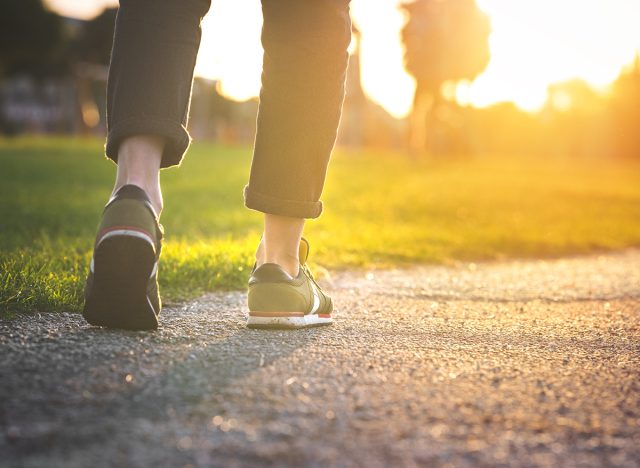
A recent study from JAMA Network Open suggests that taking just 7,000 steps a day may significantly improve health outcomes, despite the widely promoted fitness goal of reaching 10,000 daily steps. The study, published this month in JAMA Network Open, found that middle-aged individuals who averaged at least 7,000 steps per day had a 50 to 70 percent lower risk of dying from any cause over the next ten years compared to those who took fewer steps. The reduced risk of premature death was observed across both genders and in both Black and white participants.
"We saw that you can get a lot of benefit from 7,000 steps," said Amanda Paluch, assistant professor of kinesiology at the University of Massachusetts Amherst and lead author of the study.
The findings suggest that while 10,000 steps remain a worthy goal, significant health benefits can be achieved with a more attainable daily step count of 7,000.
Related: I'm a Celebrity Trainer and These 8 At-Home Exercises That Will Get You Fit Without a Gym
2. Follow the 80/20 Style of Eating
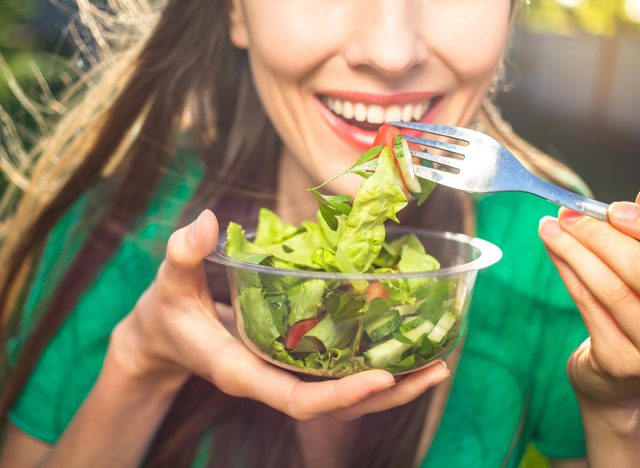
"Second thing is, you want 80% of your nutrition to be coming from whole foods and 20% fun food," says Soraya. "Reason being, a lot of whole foods are high volume foods, meaning you can eat a lot of them for not a lot of calories." She explains that this is a great way to ensure you're eating plenty of food while still being in a deficit. "And the reason I say 20% fun foods is because if you just eat whole foods, yes, sure, you probably won't be overeating as much, but at some point you're going to get cravings. You're going to binge and go right back. Chill habits, including fun foods, allow you to stay satisfied and consistent with the journey that you're on."
Research Supports Small Splurges
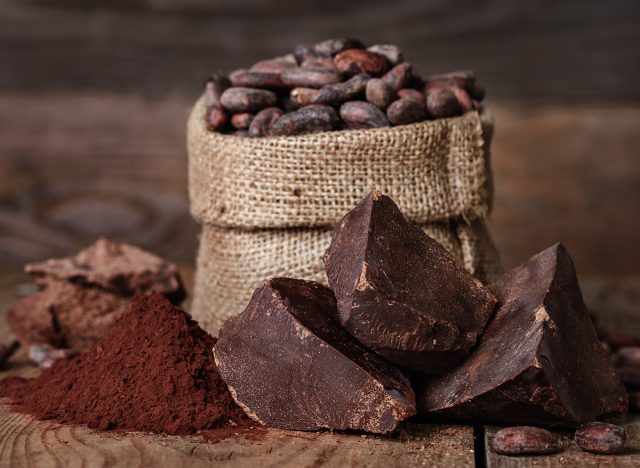
While there is no specific study supporting the 80/20 diet, a 2014 study published in Obesity Facts found that small splurges won't impact weight loss if you follow a healthy diet the majority of the time. It will also improve overall health and decrease risk for heart disease, high blood pressure, and cancer.
3. Amp Up Your Protein Intake
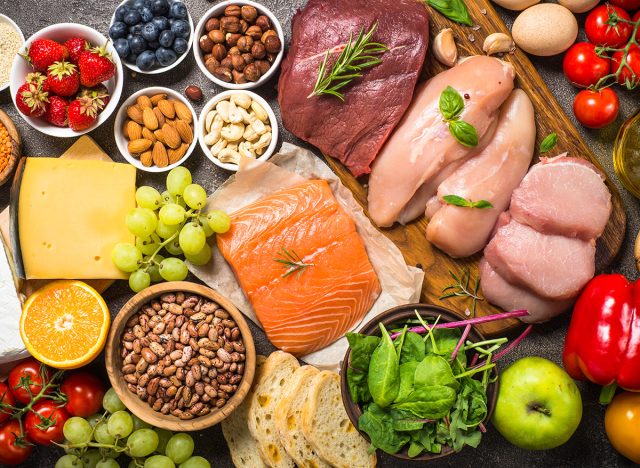
Number three, "you want to make sure you're eating enough protein," says Soraya. "I recommend going with 0.6 times your body weight to start." For a 200 pound person, this would be aiming for 120 grams of protein. "This is because protein keeps you full longer than any other macronutrient. The longer you stay full, the less hungry you'll be. The more likely you can stay consistent with your nutrition habit," she explains.
Related: Top 10 Superfoods Every Man Should Eat for the Best Body
Studies Find That Protein Helps You Lose Weight
Research supports Soraya's claims. According to clinical trials, consuming more protein than the recommended dietary allowance not only reduces body weight (BW), but also enhances body composition by decreasing fat mass while preserving fat-free mass (FFM) in both low-calorie and standard-calorie diets.
4. Set Realistic Weight Loss Goals
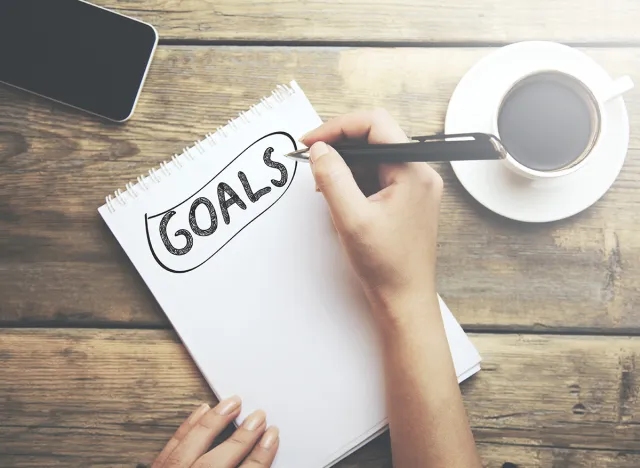
While Soraya's tips will help you lose weight fast, "it's not realistic to lose that much on a month-to-month basis," she admits. "A more realistic goal, if you're being pretty consistent with exercise nutrition, is to lose 0.5 to 0.7% of your body weight on a weekly basis. So say you're 200 pounds, that's about one to 1.5 pounds per week, which is about four to six pounds per month. That's more sustainable and that's more healthy," she says.
Related: I Lost 88 Pounds With These 4 Simple Binge-Busting Tips That Worked
Other Experts Agree That Sustainable Weight Loss Trumps Crash Diets

Chris McMahon, a nutrition and fitness coach, tells The Body Network that losing one-half to one pound per week is a sustainable approach to weight loss – and the numbers will add up fast. After three months a pound-per-week weight loss would equal 15 pounds. "Doing ultra restrictive diets, that's what doesn't work," says McMahon. "And it's not that the diet itself doesn't work, you'll lose the weight. It's just you'll gain it back very fast."
💪🔥Body Booster: For sustainable weight loss aim ose 0.5 to 0.7% of your body weight on a weekly basis. For a 200-pound person, this would be about one to 1.5 pounds per week, or four to six pounds per month.





